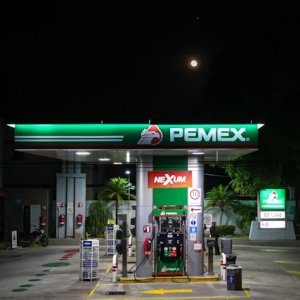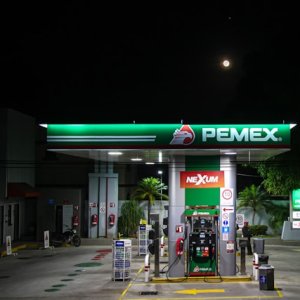The Tortoise or the Hare?

STORY INLINE POST
Advanced technologies and processes such as automation and machine learning are certainly the future of many industries. Within the energy industry, and especially drilling, these technologies are seen as essential elements for companies to survive in the future. While technological advancements matter over the long term, when it comes to specific projects, human-centered processes, aka the “tortoise,” often are faster, more efficient, and safer than the automated “hare.” A simple example is the mobile phone, which can dramatically increase productivity but is not much help if the batteries are dead and decisions need to be made.
Any business with field operations knows the critical value of strong, on-the-ground operations staff. Our experience over 56 years at Simmons Edeco is that maximizing value on a project requires a delicate balance of human ingenuity and advanced technologies. One tool that we use to manage this balance is the continuous improvement of our quality management system.
Technology - The Hare
Clearly there is a case for automation in the drilling industry. Unconventional drilling manufacturing techniques have increased the productivity of drilling substantially. Nowhere is this truer than the US, where production has increased substantially even as wells drilled and rig counts have declined from the highs of the 1980s.

Beyond improvements in the rigs themselves some of the key advancements have been in the quality of preparatory work conducted ahead of time, including geology and geophysics assessments, which have advanced radically due to increased computing power and the application of innovative techniques such as AVO (amplitude versus offset). Similar improvements have been made in reservoir engineering and production techniques, which are working to increase recovery rates. In the last 10 years alone, oil production per employee has increased substantially over all sectors of oil and gas, from 47 percent overall up to 72 percent within oilsands production in Canada. Speaking as a drilling company, the work is certainly a lot easier and results more effective when the drill plan matches expectations.
To add to this, many feel that oil and gas is a laggard in technological adoption and there is currently a strong focus on the “digitalization” of the oilfield to further drive innovation.
Reliability - The Tortoise
Certainly, new technologies are great when they work but often, or at least sometimes, they do not. This is especially true in oil and gas, where the work locations are often remote and extreme. Coupled with that, the risks to safety, environment and economics are high if systems fail while drilling. We are all familiar with the computer that fails, overheats, or new to many this year, freezes. By their nature, new technologies do not have all the “bugs” worked out and often face barriers when trying to integrate into legacy systems. This speaks directly to reliably testing processes, using technologies built for the field and experience-based improvements.
At Simmons Edeco we are extremely proud that we have had mechanical rigs ranked in the Top 5 worldwide by a customer even when compared against highly automated cyber rigs using pad drilling. How did we do this? Quality crews with consistent training, teamwork with the customer, continuous improvement and great project management. Local employees familiar with the equipment and suppliers, but also the terrain and often the most important factor, local weather, are tacit knowledge that automation is still years behind in the drilling industry. For us, all these factors build together toward reliability.
Both - Quality
While I am arguing that reliability is important and non-negotiable in drilling operations, there is no question that innovation can and will drive success. For example, one reason for our fast-tripping times was due to an automated pipe arm, which safely speeds our operations. So how do we as an energy company, and more broadly as businesses within Mexico, manage this tradeoff between innovation and reliability? To further compound this question, how do we achieve this in an increasingly digital world where the risk of distraction is extremely high? As my 7-year-old son poignantly commented, “When technology gets stronger, people get lazier.”
In the drilling world being distracted is not an option. To combat this, companies must develop quality processes and systems that integrate the “hare” and the “tortoise.” However, bureaucracy in a binder should not be confused for quality. At the heart of quality is continuous improvement, and any management system focused on quality must be people focused, practical and adaptable. In high-risk businesses such as drilling, we need to ensure this continuous improvement is safe, well thought out, and effective, which is done through planning, testing and regular evaluation of performance.
At Simmons Edeco, we have utilized an ISO-certified quality management system to help us manage this balance. This certification has helped ensure we continue to evolve our quality management system, and I believe helped us manage the delicate balance between technology and reliability. People first, then technology.
So, the answer is neither the tortoise nor the hare alone, but rather quality staff knowing which one to use, when and how.
























